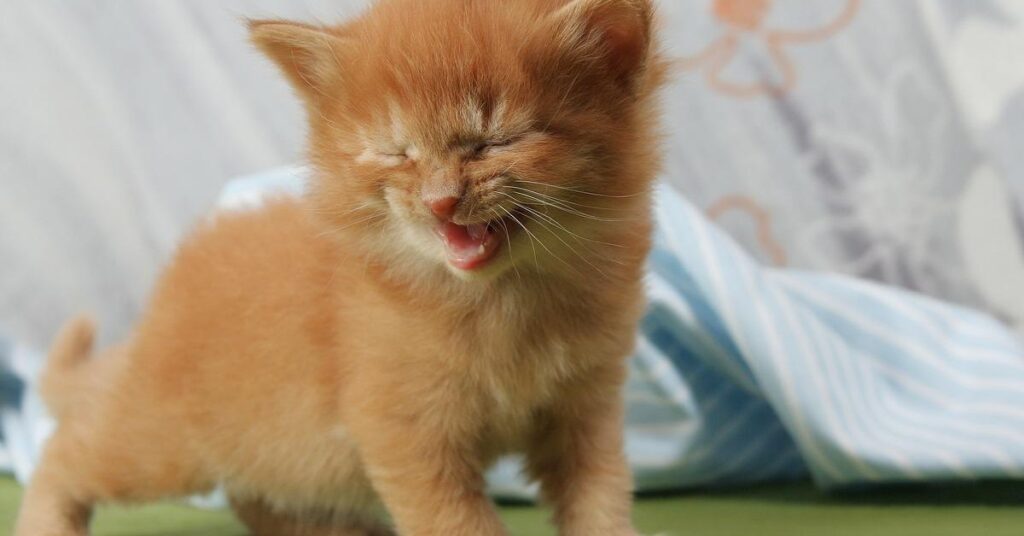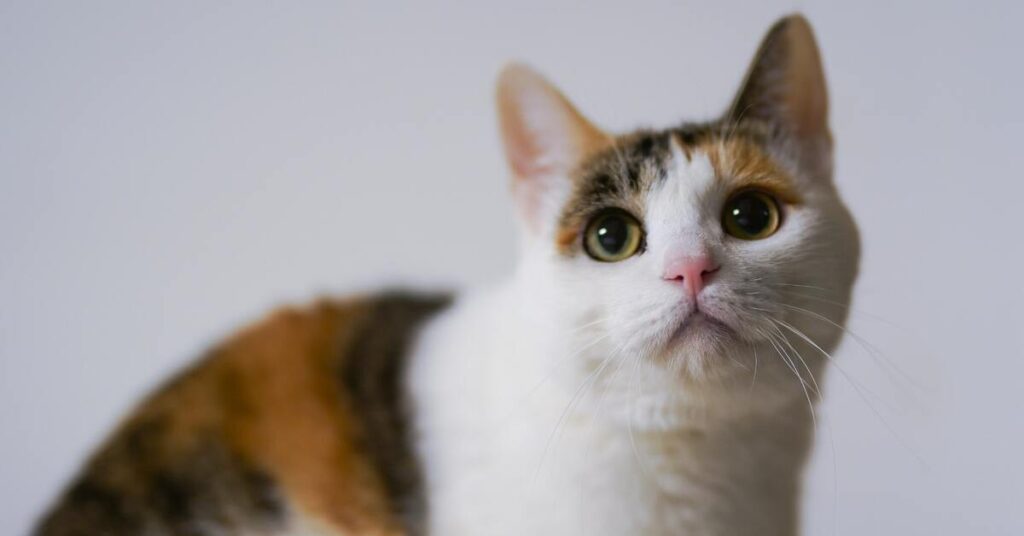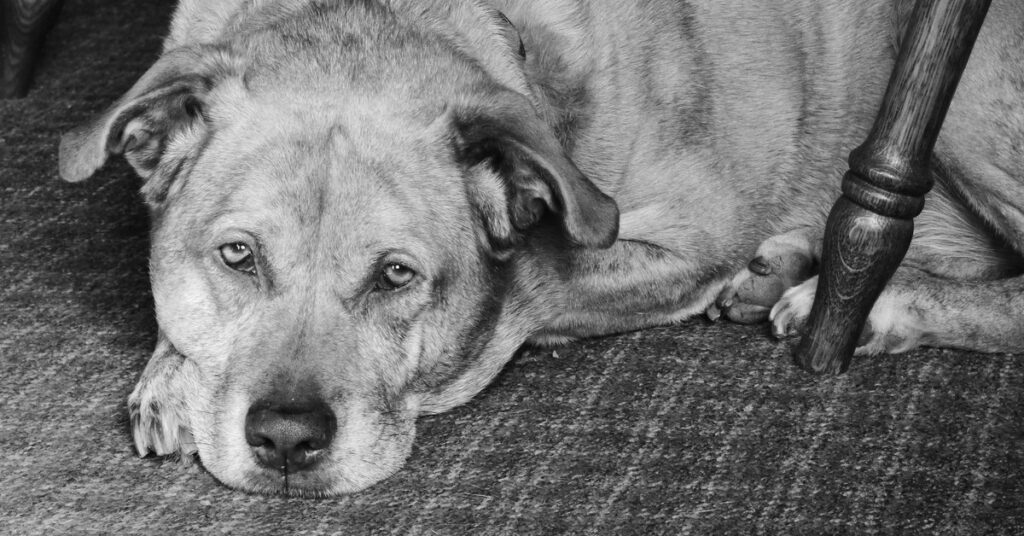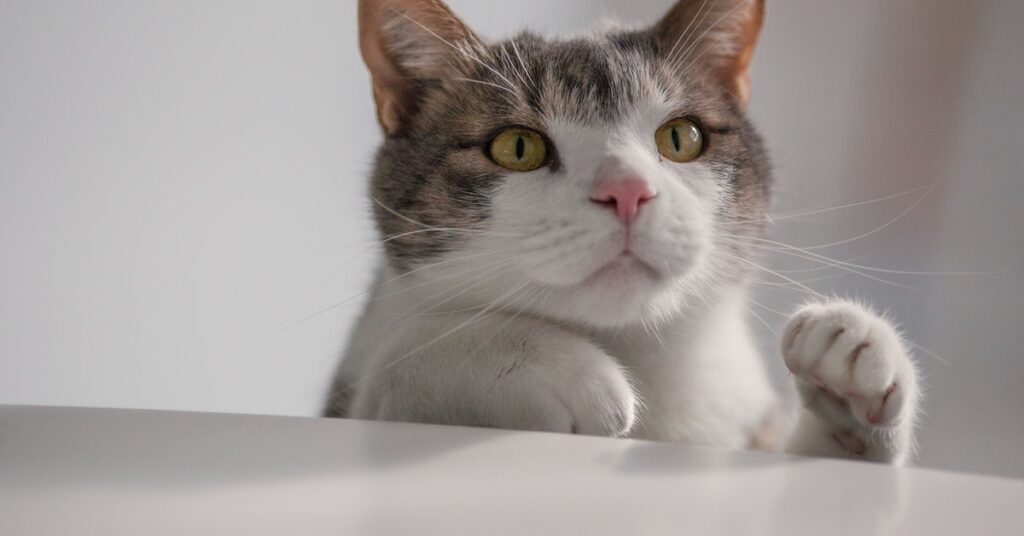The Pets industry has been identified as a recession-resistant category, resulting in revenue growth of seven percent in 2001 and five percent in 2008. This recession, however, is not like past ones and is far more severe. More people are working from home now, trading in a long commute for conference calls, and many people crave a human-animal connection.
Pet food industry revenue recorded USD123.6 billion in revenue in the recent recession
The recent recession has caused price increases in many pet foods, but the industry is still relatively resilient. Its revenue is mostly from pet food and treats, but it also includes veterinary care, live animals, and various other services. The sector has a strong demand from millennials, who are becoming more attached to their pets.
The industry has maintained its reputation as a recession-proof industry, with sales growing 19.3% year-on-year to USD123.6 billion by 2021, according to the American Pet Products Association. The industry has become more resilient to the recent economic downturn, and the demand for high-quality food products is increasing.
The recent recession has created a strong demand for pet products, and the industry is now poised to capitalize on the trend. With over 77 million households with at least one dog or cat, sales in the industry have grown at a CAGR of over 6%. As a result, the industry is poised to reach a record USD275 billion in revenue by 2030.
While regulations and lower acceptance of premium pet food may limit the commercialization of new products, the overall growth prospects for the industry in North America are very promising. North America is home to approximately 67% of households, which means that the market will continue to see strong sales gains. The region could be a hotbed for investment in the coming years.
Before the COVID, the industry attracted a lot of new investors. However, the industry’s M&A activity was subdued in 2020. The industry will see more investment in pet health and wellness. The latest deal between General Mills and Blue Buffalo proved to be a profitable venture. In the near future, the pet food industry is expected to see electrolyte-laden drinks and meal plans.
While the economy has impacted the industry as a whole, the pet food industry is still growing. This growth has been driven by innovation and a new generation of consumer behavior. For example, the pet treats industry has become a $7 billion industry in the U.S. By 2030, the industry will surpass USD123.6 billion in sales, doubling the size of the industry.
Consumers have increasingly become more discerning about the ingredients in their pet foods. This trend is causing pet owners to seek alternatives to grains. Consumers are also increasingly looking for ethically raised ingredients. This trend has led to the exclusiveization of some key brands.
Pet owners plan to spend less on pet food
While many pet owners plan to cut their pet food spending in the recent recession, it doesn’t mean demand will go down in the near future. Rather, pet owners are choosing to spend more money on healthy and sustainable brands. Pet adoption is also on the rise, particularly among millennials.
The pet industry is recognized as a recession-resistant industry, as spending has risen annually over the last decade. It also grew at a rate of about seven percent in 2001, and then grew by another five percent in 2008. The current recession is different than previous recessions, however, in that nearly half of all employed households work from home, swapping long commutes for conference calls and the desire to create a close bond with their pets.
However, some pet food companies are making big moves to make their brands more affordable. Pet food company Smucker, the owner of brands such as Milk-Bone and Meow Mix, reported a strong earnings report in April, which included pet food sales up 13% over a year ago. In the future, consumers may decide to switch to buying dry food to save money.
Despite the recent recession, the pet industry continues to grow strongly relative to GDP and other consumer categories. The industry’s consistent growth over the past few years is also reflected in its resilient performance during the COVID-19 pandemic. The key factors that support pet growth continue to evolve, and the current crisis has only catalyzed change within the category.
Porter’s Five Forces model provides an overview of the current market situation for the pet food industry. It is important to consider the competition, as it is highly saturated. The threat of new entrants is moderate to high. Smaller firms can target niche markets and survive the competition.
The amount spent by households on their pets increased with household income. Those with the highest income quintile spent the most money on their pets, while those with the lowest income spent the least. The amount spent by households with three people decreased significantly, and households with four or more people spent even less.
The industry has been a profitable one for many years, and it is expected to grow 2.8% in the next few years. But the recession has not slowed the growth of the pet food industry, which has become saturated. Large, established pet food manufacturers with broad market reach are unlikely to be seriously threatened by new entrants, as they enjoy large economies of scale and a long-term consumer following. But smaller pet food companies with niche markets are likely to suffer as they compete against established brands.
Pet owners plan to switch to another pet food brand to save money
The recent recession has affected the buying habits of many people, including pet owners. A survey conducted by the American Pet Product Association in June found that 55 percent of respondents consider themselves brand loyal, but nearly two-thirds (66 percent) say they are switching to another brand to save money. As a result, retailers are required to remain relevant by delivering on the expectations and values of consumers.
While the economy has affected most people in recent months, pet spending has stabilized. According to the American Pet Products Association’s Pulse Study, 65% of respondents said their spending on pet food and supplies did not change in the past month. In fact, 72% of respondents said they would not change their spending on pet food, regardless of their finances. This indicates that pet owners are focusing their money on other necessities instead of frivolous items.
Those who own brand-name pet food brands should start by switching to generic brands. It is important to check out the ingredients, and look for food that contains high quality proteins and is not filled with fillers. Then, consider consulting your veterinarian for recommendations.
The recession has also made some companies more profitable. Many companies that provide pet food products continue to see their profits rise. These businesses benefit from recession-resistant consumer demand because owners are willing to spend more on their furry friends. In fact, sales in pet food even increased during the financial crisis and early stages of the pandemic. As a result, pet food and pet products are considered staples in many households.
In addition to the economic crisis, the United States is experiencing a decrease in household formation, and the Institute for Family Studies notes that millennials are the primary reason for this trend. As a result, they are more likely to turn to a pet for companionship until they get married. In addition to millennials, older baby boomers and empty nesters are also big pet lovers.
The recent recession has prompted many pet owners to consider switching to another pet food brand. Despite the recent economic recession, spending on pet care products has increased by 7% annually. This growth is three times faster than the U.S. gross domestic product. In the past two recessions, pet owners have not cut back on the cost of caring for their pets. The industry is worth $15 billion.
According to a survey by Consumer Reports, 16% of Americans have cut back on their pet spending due to the recession. However, there are ways to maintain a healthy lifestyle for your pet without breaking the bank. For example, switching to a different pet food brand can save you money on food while maintaining the quality of the food.








